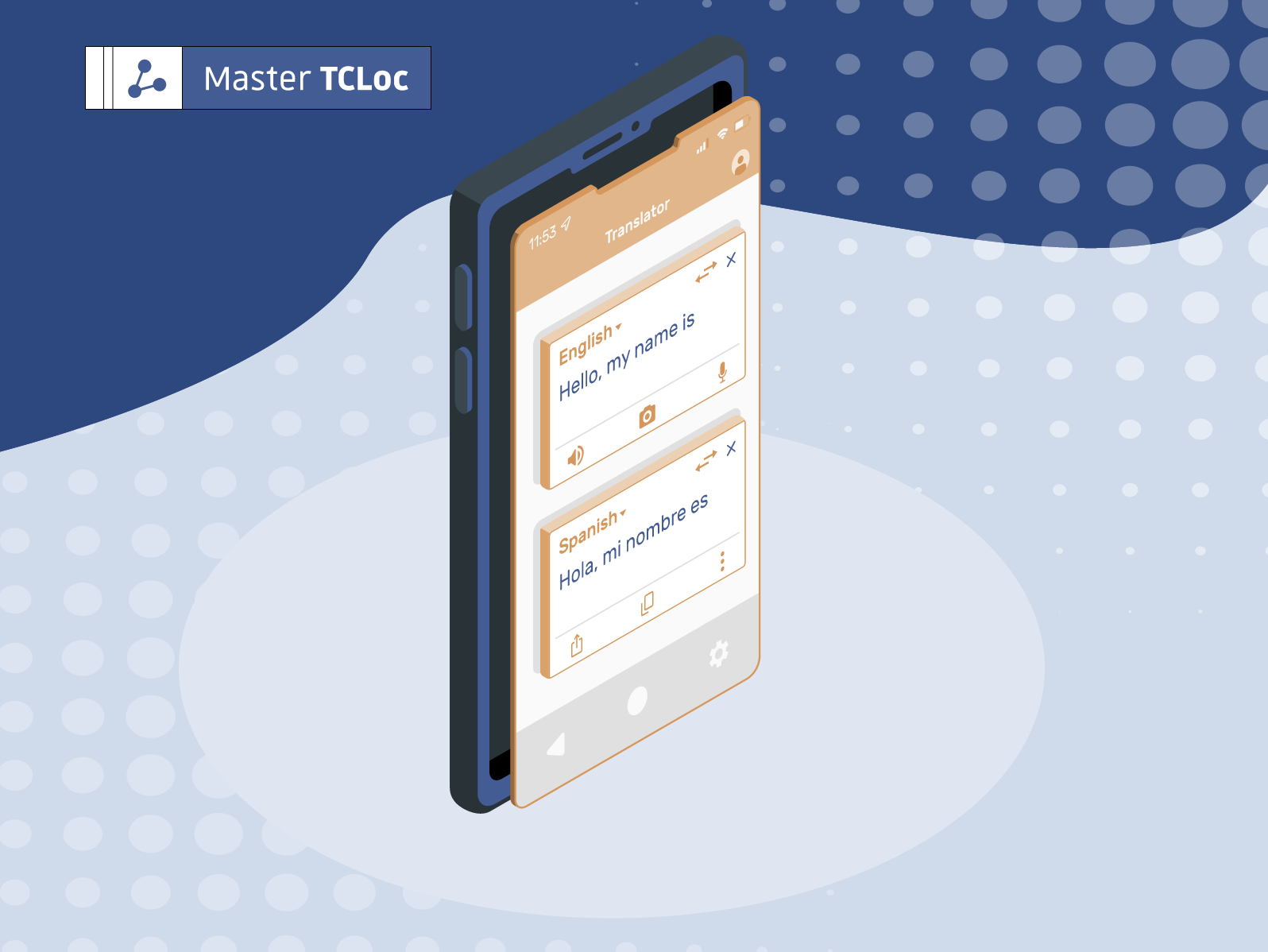We are in 2018, and machine translation (MT) is taking more and more space in the translation industry. Its proponents (mostly LSPs) see in it the future of translation, whereas its detractors (mostly translators) are most reluctant when it comes to it. The Globalization and Localization Association (GALA) explained that in 2016, SDL claimed that “it translates 20 times more content with MT than with human teams”. It is obvious that MT has a lot of advantages but also a lot of drawbacks to keep in mind.
The Pros of Machine Translation
Let’s be real here: MT does have serious advantages that cannot be denied:
- Cost: When you take free MT software like Google Translate, Bing or DeepL, you just have to input the word, sentence or small text you want to translate and tada! In a matter of seconds, you’ll get your translation. A translator will never work for free as he or she has worked several years to reach a level of quality (without mentioning his/her studies)
- Speed: As mentioned above, you’ll get your translation in the fastest way possible. It can be particularly useful if you have a big text and you’re just trying to get the general meaning of it or if you’ll need this translation for your personal use (e.g. research). According to global LSP metrics, a translator can translate around 280 words per hour, depending of the content and the level of specialization.
- Languages: You can translate from multiple source languages to multiple target languages with just one tool. If you’re of an inquisitive mindset on any given day, you can even try to translate to languages you didn’t even know existed. A translator, to ensure the best quality, will always translate to his/her mother tongue and most translators can translate from 2 or 3 languages.
The Cons of Machine Translation
Indeed, an MT solution cannot be simply put aside but it does have significant drawbacks:
- Quality: It is the most obvious drawback and most important. You’ll never get a quality as good as the translation made by a qualified translator. A machine cannot grasp the nuances of the language or the context. It does not have the perspective a human can have on a text and on the translation. To reach an acceptable quality, MT requires “training” of the software, thousands of errors, and thousands of modifications.
- Editing: Unless the translation is not planned to be released to a specific audience, MT always requires a human step called editing. It is mandatory if you want to obtain something that looks more or less acceptable. However, in a lot of instances, the quality is so bad that the human has to translate everything from scratch as it would be much quicker than trying to edit the existing translation. It generates frustration for the translator who is paid for an editing step, and doing a translation step (for which the cost is much higher) for the client/translation agency will certainly delay the delivery and can create problems.
- Confidentiality: If you’re considering using free MT softwares to translate a very important merger contract, please don’t. These tools will use your confidential document to enrich their database to be able to give more accurate translations in the future for other users.
So, is it really the perfect solution?
As you were able to see, this is a highly debatable and controversial topic. The perfect solution, which would be available to content translators and clients alike, is yet to be invented. It cannot be denied that MT quality is improving every day and will take a more prominent place in the services offered by LSPs. However, even if translators must adapt to this new era, it remains obvious that it is impossible to get rid of a human step, if you want to offer to your audience the best experience ever with a translation.




Comments